 |
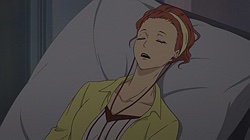 |
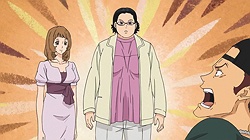 |
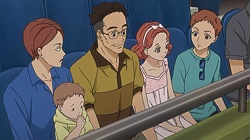 |
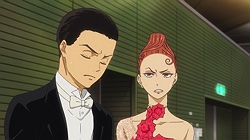 |
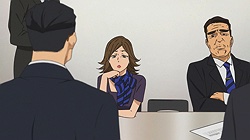 |
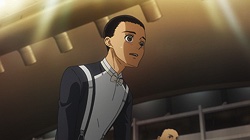 |
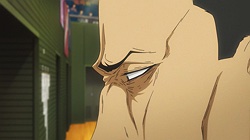 |
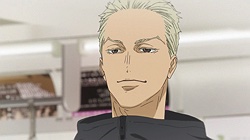 |
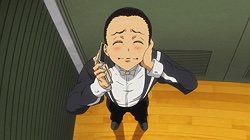 |
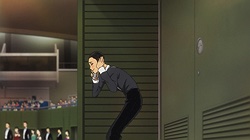 |
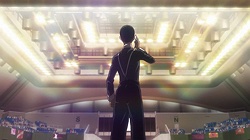 |
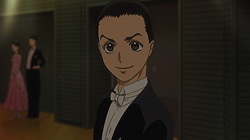 |
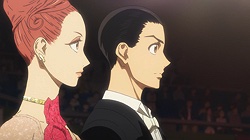 |
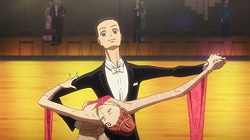 |
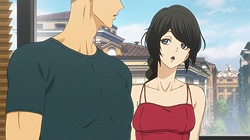 |
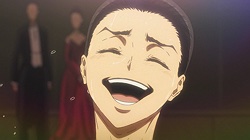 |
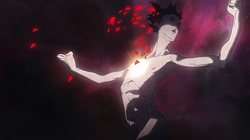 |
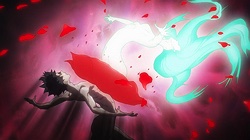 |
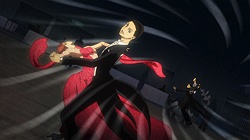 |
 |
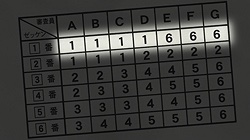 |
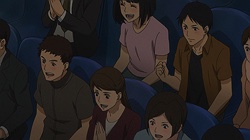 |
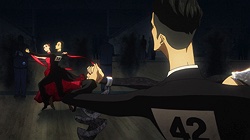 |
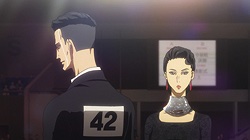 |
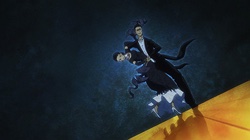 |
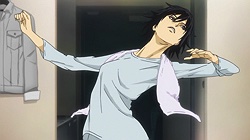 |
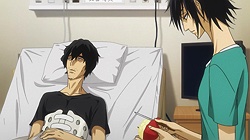 |
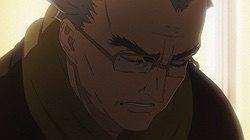 |
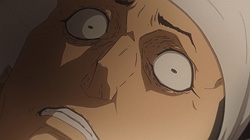 |
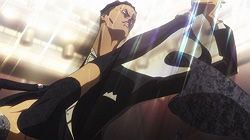 |
 |
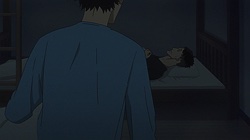 |
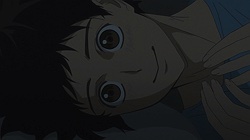 |
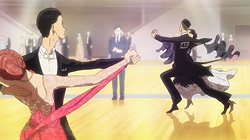 |
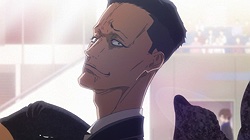 |
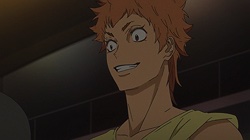 |
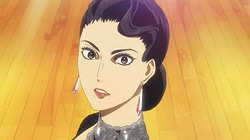 |
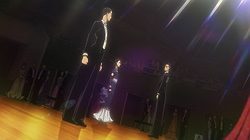 |
「伝統と進化」 (Dentou to Shinka)
“Tradition and Evolution”
After a couple of commenters here and at RC pointed out some changes that Ballroom e Youkoso made to the manga in this arc, I did something I generally try to avoid when watching an adaptation. That is, I went ahead and read the chapters covering what’s currently playing out on screen. And it’s true, there was a lot of interesting detail omitted from Kugimiya’s backstory – which is actually way more compelling than Akira’s, which got two episodes while Kugimiya’s got ten minutes. It’s obvious enough why the anime did this, but it’s still frustrating – and that’s why I try to avoid doing this sort of thing normally. Really, I’d have been happier not knowing.
A side-effect of that is that I find myself torn about what I’d like to see happen in the final stages of this competition, and that’s not a bad thing – conflicted rooting interests in a sports anime are a good sign. Kugimiya’s story is so different than the other characters in Welcome to the Ballroom – it’s not just that he’s older, but he’s a dancer driven by negative emotions. Hatred of losing, fear of being judged by those watching – he’s no Sengoku with his reckless abandon or a natural like Hyoudo. Many great athletes are actually wired that way, but especially given what Kugimiya has been through, it’s easy to see winning this event as more important for him than it is for Tatara.
As we rejoin events here, that really doesn’t look like being much of an issue – Tatara and Chinatsu have barely scraped into the finals in fourth place, while Kugimiya-san is vexed by having dropped a single mark (when he lost his concentration and started watching Tatara on the floor). The final result seems a foregone conclusion – but Tatara takes some inspiration from a surprise phone call from Sengoku. Not to say he was pleased, but Tatara literally jumps up and down with excitement that Sengoku has not only called, but implies that he’s watching (he’s not – he’s somewhere in Europe, but Gaju has sent him a photo).
Honestly, this whole business about giving up on understanding the other person as a key to Tatara and Chinatsu finally breaking through seems like a bit of a deus ex machina to me – or mumbo-jumbo at the very least. While it is true that other people always remain a mystery and coming to accept that is an important stage of maturation, I still don’t see any critical threshold that was reached her which allowed Tata-Natsu to level up – but level up they did, dominating the waltz round to the point where Kugimiya tenses up so much he cramps during the tango.
Idogawa-san comes into her own here, literally propping up Kugimiya as he struggles through his pain. Again, I see Kugimiya’s story as really compelling and quite unique in this series – even here, it’s negativity that drives him forward into positive results. Kugimiya can dredge up his pain – both physical and emotional – and use it as a spur to overcome his own limitations. The whole “classic” vs. “radical” divide with these two pairs is overblown a bit, but for Tatara to win the waltz and Kugimiya the tango is an interesting and unexpected twist.
The nature of the judging for this final round is quite different than the others – it’s simply a matter of getting the most first place votes from the seven judges. Unless that number is tied, where the other judges rank you is irrelevant – second or last makes no difference. And I think that system inherently favors Chinatsu and Tatara, whose more unorthodox and daring style is going to be more divisive than Idogawa and Kugimiya’s much safer, reassuringly classical approach. If Tatara and Chinatsu can close the gap enough technically for it to matter, I think the enthusiasm factor will push them over the top – and it feels like that’s the ending Ballroom e Youkoso is setting up for next week’s finale.
Preview
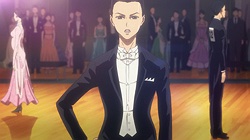 |
 |
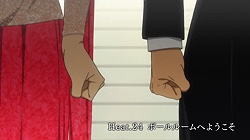 |

I agree with what you said about tatara and chinatsu. In the manga, their conversation before the finals was different and it showed growth of their character and relationship. Chinatsu apologies for making fun of tatara when they first met in school. Tatara asks her why she quit dance and she tells him that it was because she was “average”. She goes on to explain the difference between “real” dancers (like sengoku and kiyoharu) and “average” dancers. Tatara tells her he doesn’t think she’s “average” and takes her hand to place it on his arm saying,” lets show them that you’re REAL.” Chinatsu seems really touched by his words and action. She looks close to tears but she nods while smiling. During their waltz, we get the complicated sengoku talk. The chapter ends with tatara thinking “To me, chi-chan is..”
Show Spoiler ▼
Thanks for the comment – let’s please avoid unmarked spoilers from unadapted manga chapters, though.
That chapter has been adapted though. The anime is ahead of the manga now. Manga (recent chapter) is still at waltz while anime has covered both waltz and tango.
That wasn’t a spoiler. The anime just changed a lot of scenes in this episode. For example, Sengoku’s talk with Tatara was a little different. And the anime completely changed the talk between Tatara and Chinatsu. And instead of hearing her reasons of quitting dance, we just hear her talk about how she’s not going to try to understand Tatara. These two were shown to mature and develop as partners, but the anime rushes the adaptation, skipping over any new characterization we learn from them. And I think it’s worth noting that she was never hitting Tatara with her shoes. All she did was pinch his cheeks(not a fan on how the anime portrays her as violent).
Glad you read through Kugimiya’s chapter. It was definitely more intense and heartbreaking in the manga. It’s a shame that his nephews weren’t animated though. It would have shown his relationship with his family.
I’m told the famous Canadian pop star Celine Dion would throw up before every concert she performed. So I think this feeding-on-negative-energy thing may be more common in show biz than we think.
Yep, like I said – a lot of famous athletes and performers seem to be wired that way. I would rank what Kugimiya goes through more as an athlete afraid of losing than a performer dealing with pre-curtain nerves, myself.